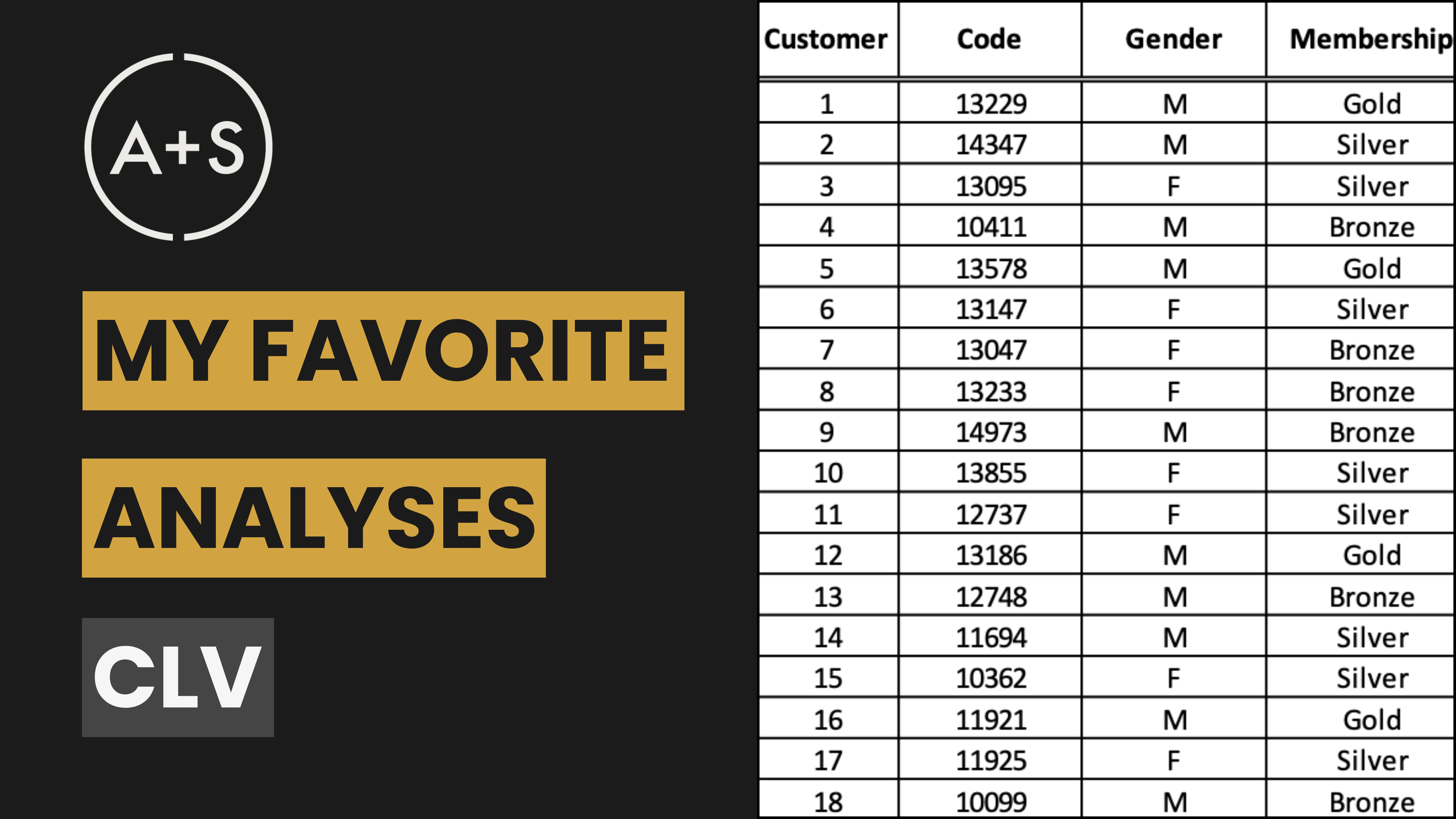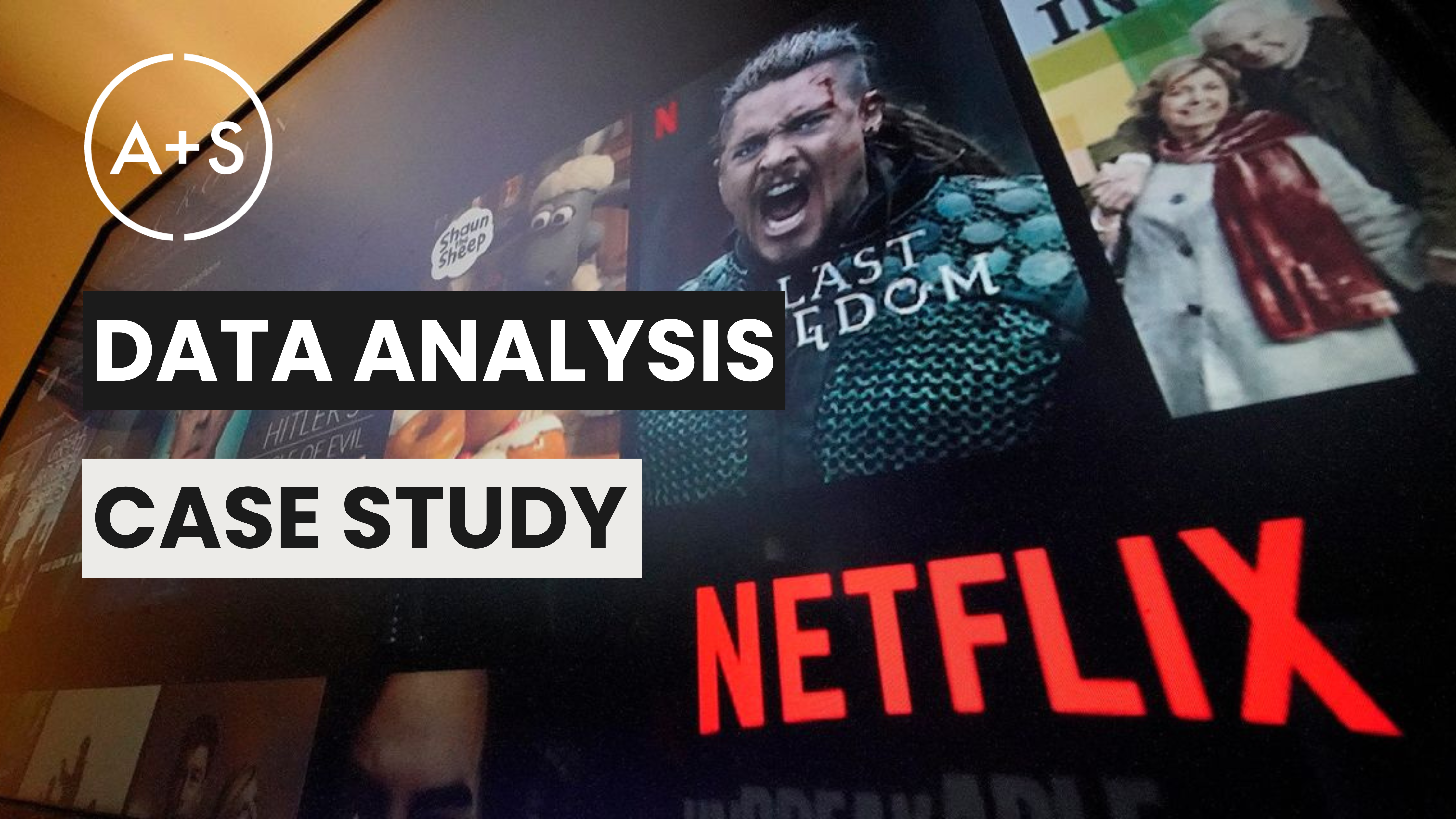There is a non-zero probability that a legion of sentient AI robots will someday bring about an apocalyptic end to the world. No one understands this better than a room full of insurance risk managers.
Earlier today, I got to discuss technological singularity and other topics in that room with Zurich Insurance’s North America Risk Management Council in Miami.
It is evident that the intersection of AI and insurance is not just a matter of future speculation but a rapidly unfolding reality. Opportunities abound, but as with anything that moves at great speed, so too do challenges. The shift from the hypothetical to the actual signals the decisive point at which the industry finds itself today, a few steps into an era powered by AI.
AI and the Insurance Sector
AI is having a moment in the insurance industry, transforming risk management, claims processing, and trend analysis. AI enables insurers to refine risk prediction and enhance fraud detection, securing operations and expediting claims processes for heightened security and customer satisfaction. AI technology is instrumental in identifying fraudulent activities swiftly, protecting against losses and promoting a secure insurance ecosystem. The acceleration of claims management through AI-driven automation not only streamlines operations but also reduces manual workloads, ensuring quicker service delivery and improving overall efficiency.
AI is also reshaping the personalization of insurance. Utilizing vast amounts of data, AI crafts policies tailored to individual needs, significantly elevating the user experience by offering uniquely customized coverage. Real-time pricing mechanisms, powered by AI, dynamically adjust premiums based on behavior, reflecting the insured’s risk profile with greater precision. AI’s integration extends to customer support, where AI-powered chatbots and virtual assistants provide immediate, personalized assistance, understanding and responding to customer inquiries with accuracy. Moreover, the predictive analytics capabilities of AI anticipate future market trends and customer needs, empowering insurers to develop innovative, proactive products that address emerging demands.
For those of you keeping score: AI expedites the underwriting process, streamlines risk assessment and policy issuance, reduces human error while simultaneously boosts human throughput, sets better premiums, and paves the way for preemptive fraud prevention. The culmination of these ideas allows AI-enabled insurers to do what insurance is supposed to do – safeguard both the assets of the insurer and the interests of its customers with utmost efficiency. This underscores the insurance sector’s comprehensive enhancement through AI, from revolutionizing risk and fraud detection to personalizing customer experiences and streamlining operational processes, marking a new era of innovation and growth in the insurance sector.
Challenges for Insurers
So, what’s the problem? Well, there are a few notable challenges lurking in the landscape.
Firstly, like other sectors, risk managers are tasked with the challenge of transitioning to ways of working enriched by AI. They confront obstacles such as dismantling the barriers of organizational reluctance to change, safeguarding data integrity, and bridging the “AI Divide” in employee skills. To realize the potential of AI, it is imperative for organizations to proactively forge and implement strategies that navigate these operational complexities. This can be facilitated through diligent communication, rigorous data governance, and a robust Learning & Development framework. However, the nuanced complexity of the insurance industry amplifies these challenges; yet with strategic foresight they are entirely surmountable.
The second challenge is a bit more complex. AI is bringing about a new era of disruption and innovation and turning existing risk pools and insurable events on their heads. Electric vehicles (EVs), for example, present several distinct considerations from gas-powered cars in the context of auto insurance, driven by differences in technology, usage, and costs associated with repair and maintenance. These differences can influence premiums and policies in several ways. The inevitable (even if delayed) widespread introduction of autonomous vehicles will have even more profound implications. Considerations like these represent a fundamental change in the nature of insurable risks and the methods used to assess, manage, and mitigate them.
Finally, more nefarious challenges are out there. Last month, a Hong Kong banker was duped into transferring $26 million USD to a group of hackers who posed as the company’s CEO and executive team on a video call using deep fake technology. More recently, researchers from the US and China found a way to clone a person’s fingerprints from the sounds made when swiping touchscreen devices using AI. This week it was reported that another group of researchers had created an AI computer virus that can steal data, spread malware, generate spam email, and spread through multiple systems.
These incidents, in isolation, represent significant societal and economic threats that will challenge insurers to devise effective responses. But what underlies them poses a more existential problem: the unpredictable nature and origin of future threats. We don’t know what the next one will be, nor from where it comes. We are grasping for thieves in the dark while our common assumptions of everyday life are turned upside down by AI (Isn’t my fingerprint exclusively mine? Aren’t I speaking to the people I see and hear when I’m on a video call?).
Why Insurance will Succeed with AI
I am confident that the insurance industry will successfully implement AI in their operations, more so than other industries. There are multiple factors that support my belief.
At its core, the insurance industry relies on data analysis to determine risk, establish premiums, and handle claims. This makes AI a perfect fit for the needs of the insurance sector, improving accuracy in risk evaluation and allowing for more precise pricing models. The emergence of AI doesn’t just promise small advancements but a significant shift in how data influences insurance practices.
The industry has always been familiar with changing circumstances. It has adapted to countless other advancements in technology, shifts in regulations, and changes in the market. This ability to adapt is essential for effectively incorporating AI technologies. Insurers are already experienced in navigating new tools and methods, making it easier to transition to AI-powered operations.
Furthermore, the sector is highly motivated. Utilizing AI technology can provide insurance companies with an edge over their competitors in an industry often criticized for its conventional methods and lack of progress. Those at the forefront of embracing AI have the opportunity to revolutionize what customers expect and establish new standards for effectiveness, customer care, and innovation. While navigating the complexities of AI may call for insurers to seek guidance from reliable partnerships, those partners are prepared to offer their support.
In sum, the insurance industry’s success in implementing AI into its processes is built on a data-driven approach and flexibility. The incorporation of AI not only aligns with the industry’s core operations but also strengthens its ability to innovate and compete in the digital era, promising a future where insurance is more precise, streamlined, and attuned to consumer needs.
Through effective leadership and trusted guidance, insurers can set an example for all industries as we move forward into the Age of AI.




